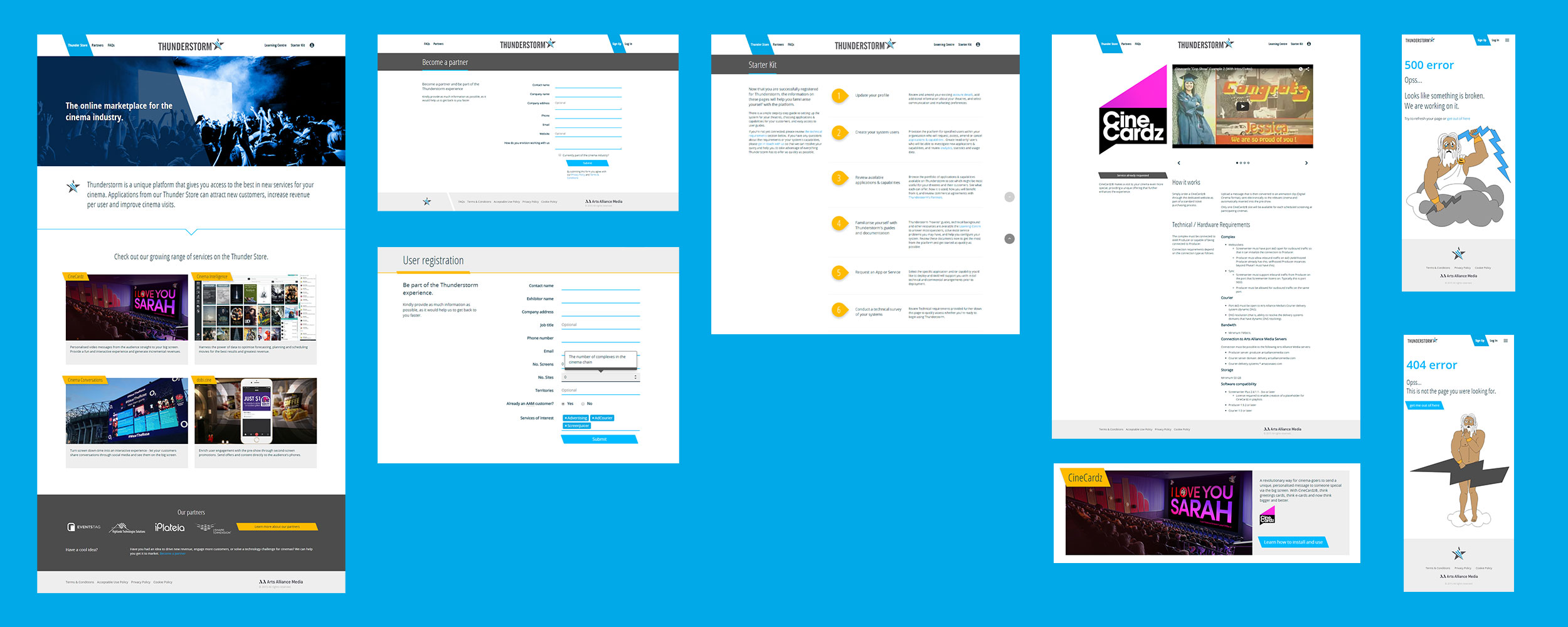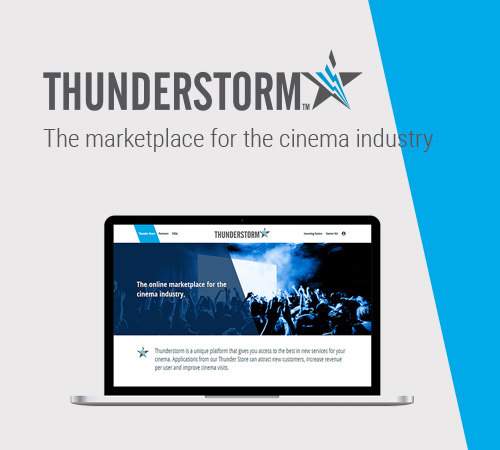
A very innovative greenfield project for the cinema industry where cinema managers would be able to find apps and software to manage their cinemas and engage their audience.
A cross-functional team with 3 backend developers, a QA, a product manager, a product owner and 2 designers which were also the front end coders.
UX/UI designer / Front End developer.
I worked on the first phase of the project until the delivery of the MVP.
PM explained the idea behind the project and we started working on a user journey map.
We created the user journey map to gather all the requirements. This proved to be an essential tool for team discussions about the way to deliver the product and defining the MVP.
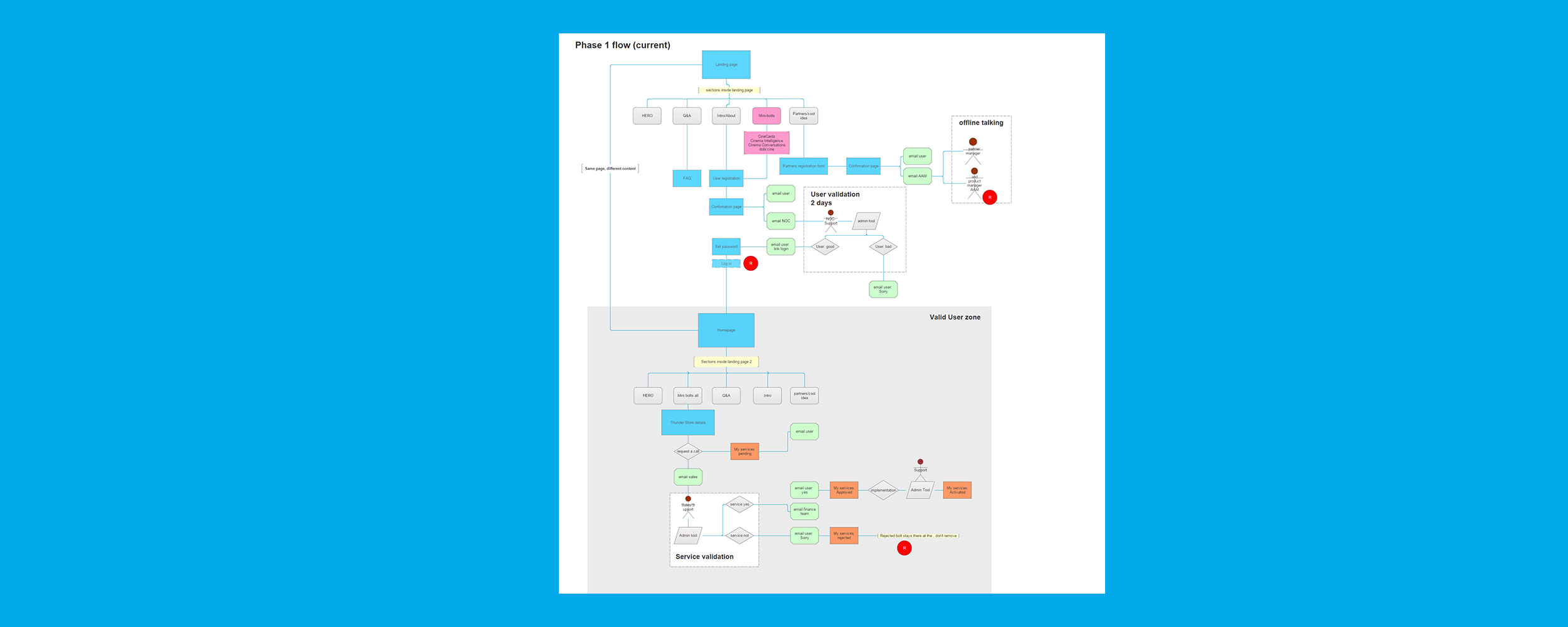
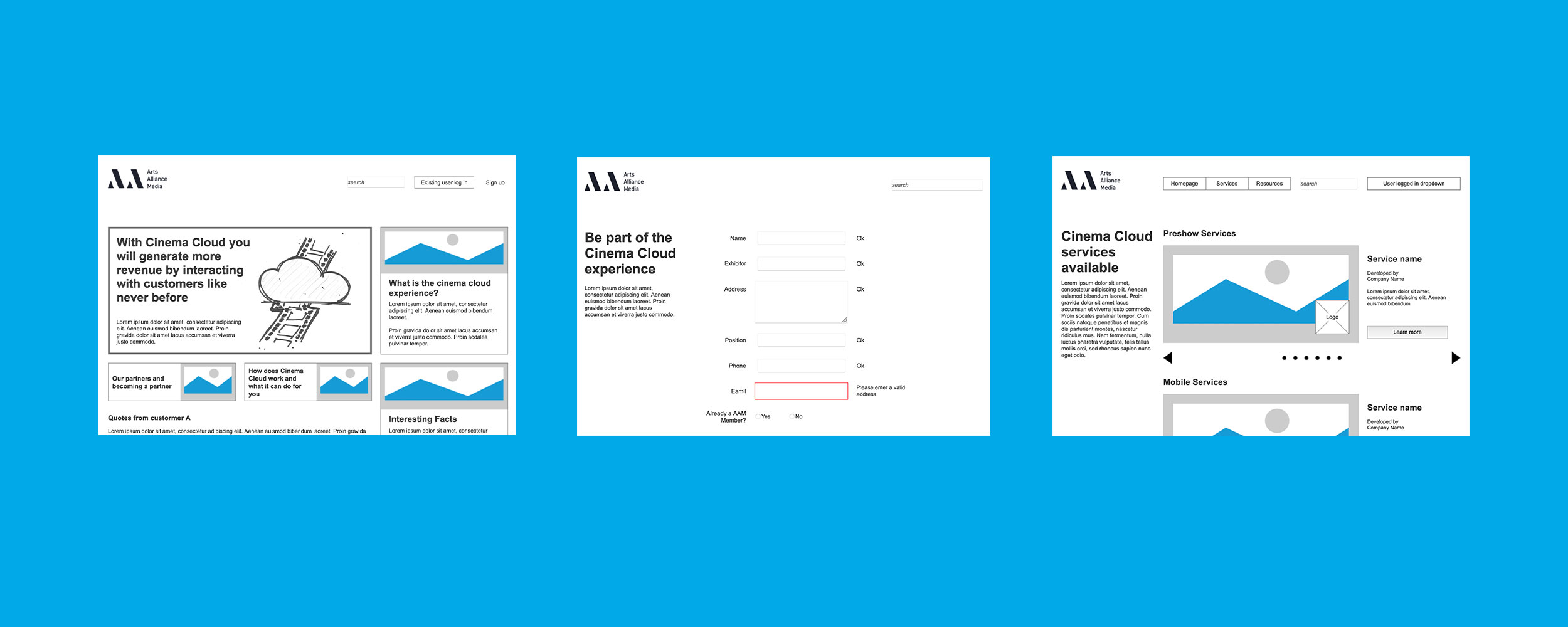
At the design team we were in constant communication to develop a consistent visual language. We would give eachother feedback, agree on decisions and own the visual design.
Based on atomic design principles, we designed and coded and online modular style guide that grew with the project. This component library was key for our success on delivering on time a consistent product.
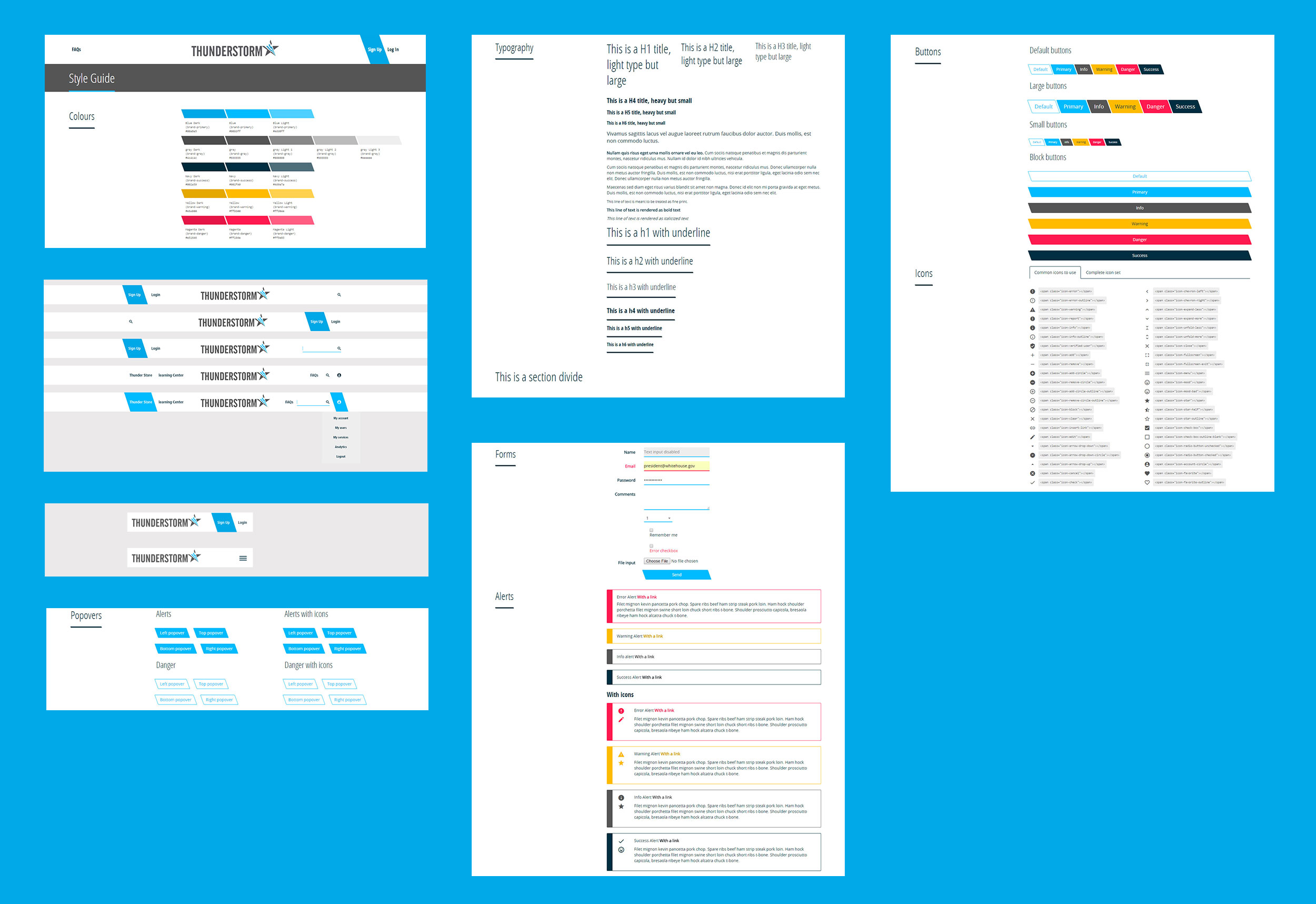
Since the beggining we wanted to be sure we would design and code with accessibility in mind.
Some of the things we were taking into consideration whilst designing and coding:
We tried to test the platform as much as possible within the restrains of the project, as it wasn’t public we had to limit our testing to participants from different departments of the company, unaware of this project.
For example, in one of the testings we made, at the beginning of the project, we uncovered issues with the copy, it was initially provided by a copywriter and was too long. The participants wouldn’t read it and was difficult to understand what the product was about. The solution was rewriting the copy ourselves to a more simpler and shorter version of it, iterating on it until it was easy to understand.
